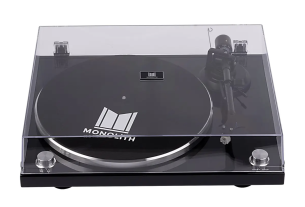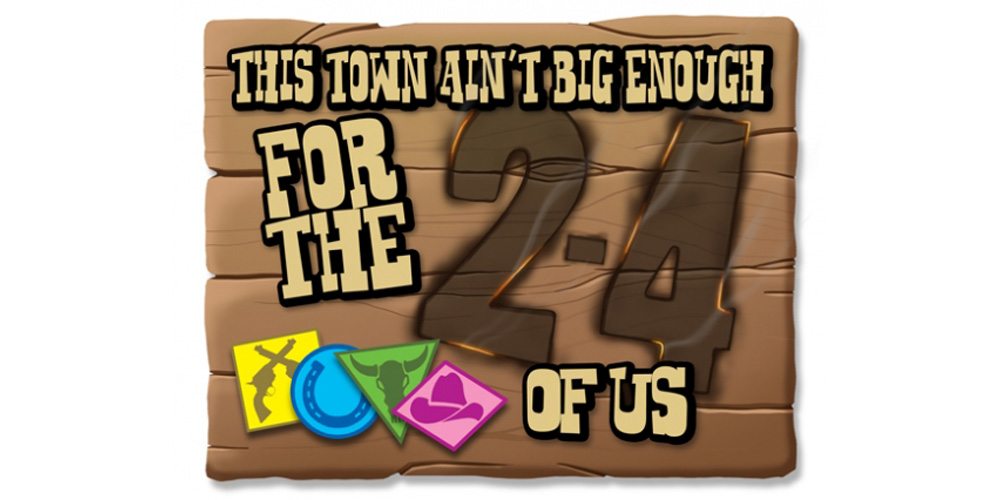Your waddle of penguins needs to eat! The deeper you go, the better the catch, but beware of predators!
What Is Deep Dive?
Deep Dive is a press-your-luck game for 1 to 6 players, ages 10 and up, and takes about 20 minutes to play. It’s currently seeking funding on Kickstarter, with a pledge level of $19 for a copy of the game; Flatout Games is running a dual campaign for Deep Dive and Point City (which I’ve reviewed separately), and you can get both games for a $35 pledge (plus shipping). Deep Dive is family-friendly and easy to learn.
Deep Dive was designed by the Flatout Games team–Molly Johnson, Robert Melvin, and Shawn Stankewich–and published by Flatout Games and AEG, with illustrations by Dylan Mangini.
New to Kickstarter? Check out our crowdfunding primer.

Deep Dive Components
Note: My review is based on a prototype copy, so it is subject to change and may not reflect final component quality. That said, this particular prototype was very close to production quality so I imagine the finished game will be quite similar.
Here’s what comes in the box:
- 160 Ocean tiles
- 18 Penguin meeples (3 each in 6 player colors)
- Start Player/Last Dive token
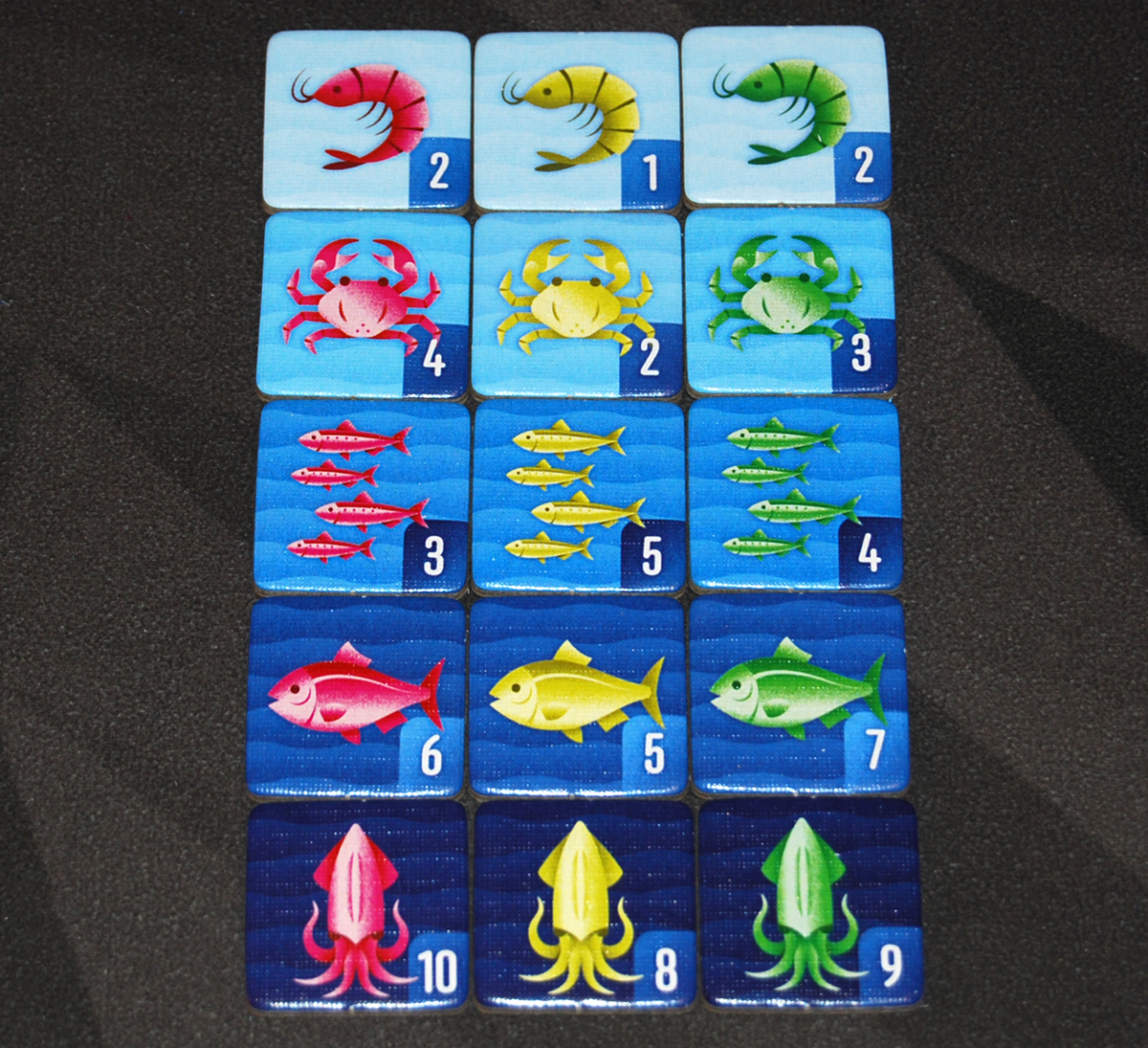
The ocean tiles are small square tiles that represent five different depths in the ocean. The tiles range from pale blue to dark blue, and are also marked with 1 to 5 pips for sorting. In addition, the faces of some of the tiles have a “+” indicator—these are only used if you have at least 4 players and are removed otherwise. Ocean tiles may depict bubbles (open water), rocks, food, or predators. The illustrations are clean and icon-like, which is good for visibility on the small tiles.
One potential concern is that the three colors of food are pink, yellow, and green, and I know that red and green can be a problem for certain types of color blindness. If you have trouble distinguishing between the three colors seen in the images here, you may need to do some supplementary marking to be able to play the game.

The penguin meeples are pretty cute: each player has a set of three in different poses (including one sliding on its belly).

Kickstarter backers will also receive the Wild Food min-expansion, which includes 8 additional ocean tiles that can be treated as any color.
How to Play Deep Dive
You can find a draft of the rulebook on the Kickstarter campaign page.
The Goal
The goal of the game is to score the most points by building sets of different-colored foods.
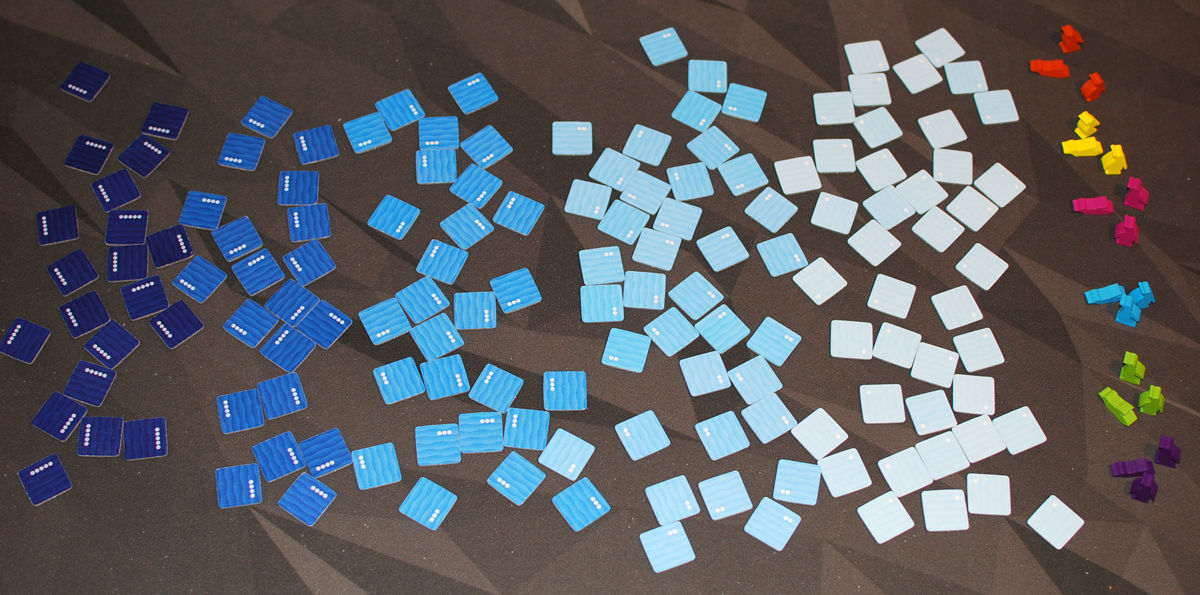
Setup
After sorting out the “+” tiles if needed for fewer than 4 players, turn the ocean tiles face-down and mix each depth separately, and then remove a number from each depth based on the player count. Spread out the tiles to form the ocean, with the shallowest tiles on one end and proceeding to the deepest tiles.
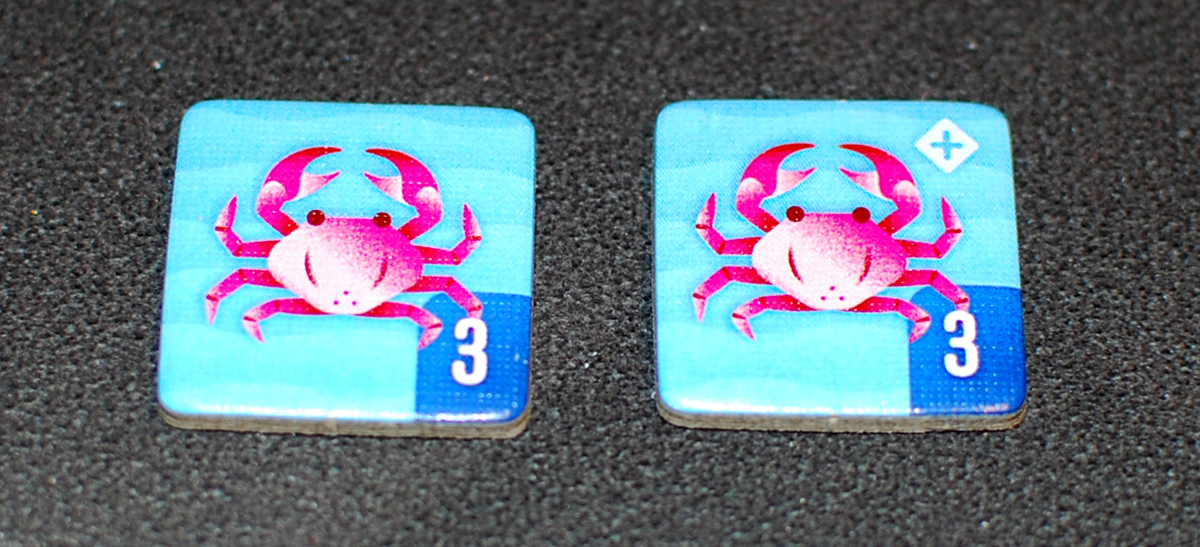
Give each player a set of penguin meeples, and choose a starting player to take the start player token.
Gameplay
On your turn, you will move one of your penguins through the ocean until you decide to resurface or get trapped by a predator.
Starting with the shallowest depth, either take a food or rock tile that is already face-up and resurface, or flip over a face-down tile. Depending on what you reveal, you have different options:
- Open Water (bubbles): you must dive deeper
- Rock or food: you may take the tile and resurface, or leave it and dive deeper
- Predator: Your turn ends and your penguin is placed on the predator tile
When you dive deeper, you repeat the steps: either take a face-up food or rock, or flip a new tile. Once you claim a tile, your turn ends and you retrieve that penguin.

A rock lets you dive deeper on a future turn: you may discard a rock tile from the game to start at any depth instead of the shallows.

If your penguin is trapped by a predator, it distracts the predator on that depth for your waddle. On future turns, you may optionally skip over any depth that has one of your own penguins trapped on it. Also, if your third penguin gets trapped, you immediately retreat all three penguins and you may collect a single food or rock tile from one of the depths where you had been trapped.
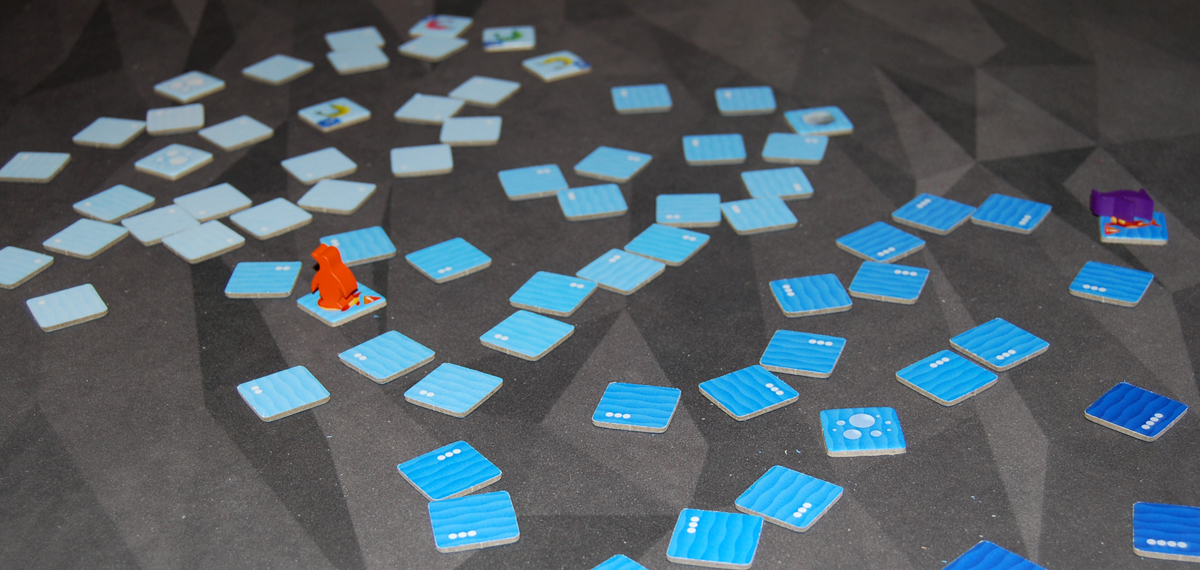
As you collect food, you place it into a grid based on the color (ignoring the food type), with one column for each of the three colors. Each food you collect must be placed in the next available spot in its color column.
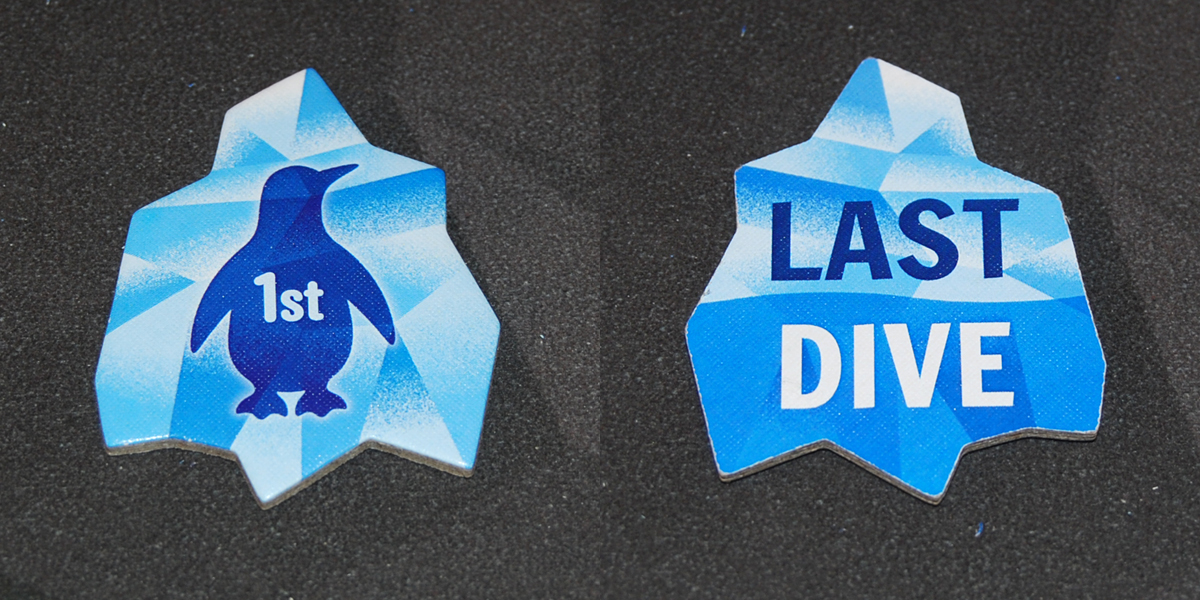
Game End
The game end is triggered when any of the five depths has no more face-down tokens. The active player completes their turn, and you complete the round. When the start player takes their next turn, they flip the token to the “Last Dive” side, and everyone takes one final turn and the game ends. Note that you are also allowed to skip over any depths that have no face-down tiles during your dive.
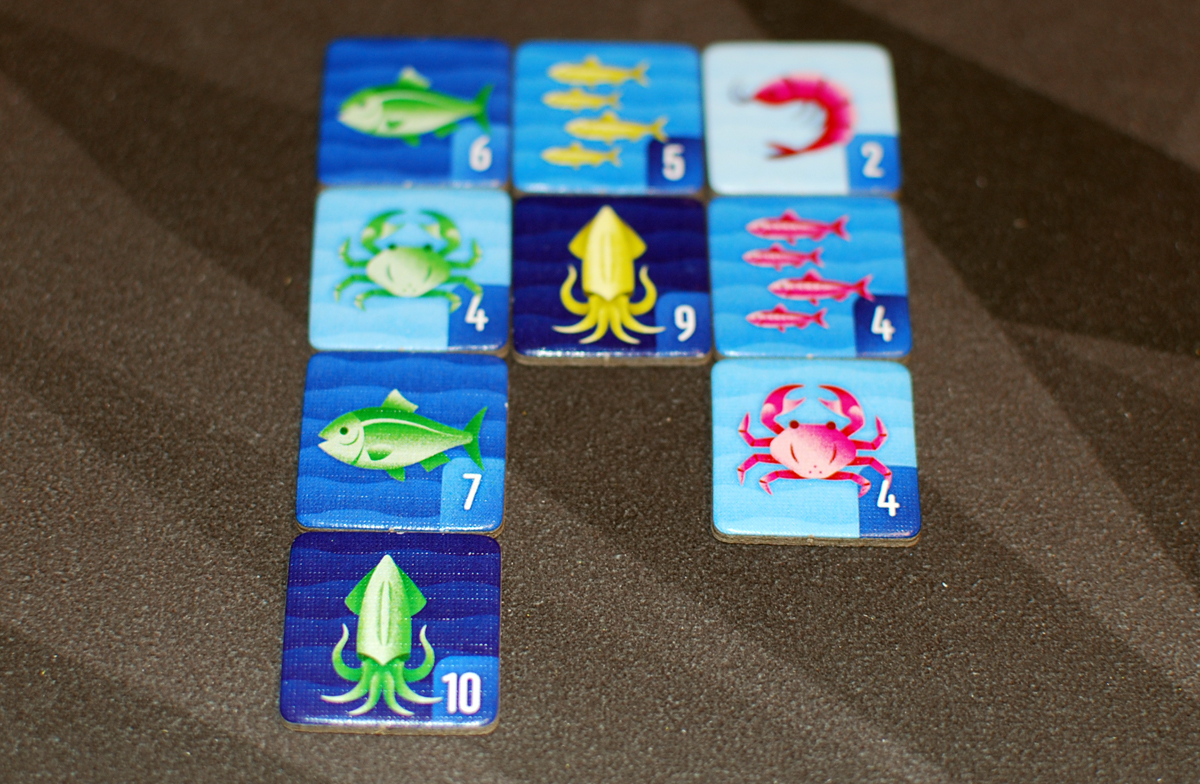
Everyone adds up their points. For each complete row in your grid (with one of each color), you score the full value of the food tiles in that row. For incomplete rows, you score half the value (rounded down). The player with the highest total score wins, with ties going to the player with the most completed rows.
Why You Should Play Deep Dive
Deep Dive is a quick-playing game where your key decision is how much you want to risk to swim just one more level. It’s really easy to gather up those shrimp in the shallows, where the food is plentiful and there aren’t too many seals. But they’re only worth 1 or 2 points. Meanwhile, if you can reach all the way to the bottom, you could find a 10-point squid! (Or a shark, but let’s focus on the positive, right?)
One of the twists that keeps you diving is that you need to collect different colors to complete your sets. So even if you find a pretty nice tuna on level 4, if it’s a color you already have, you’ll be very tempted to keep going. The thing is, every food tile that you skip is something that somebody else could claim later—particularly if they’ve picked up a rock or two and can jump directly to that level!
The rocks can be a great strategy, but they’re not without risks. You’re spending a turn getting a rock instead of food, but on a later turn you can skip to whatever level you want. That’s great if somebody left that 7-point tuna just sitting there, but there aren’t ever any face-up food tiles left at the very bottom, so if you want to go for a squid you’re still taking your chances with a shark. I’ve definitely had games where I picked up rocks, dove for the bottom, and got trapped, thus spending two turns getting no food.
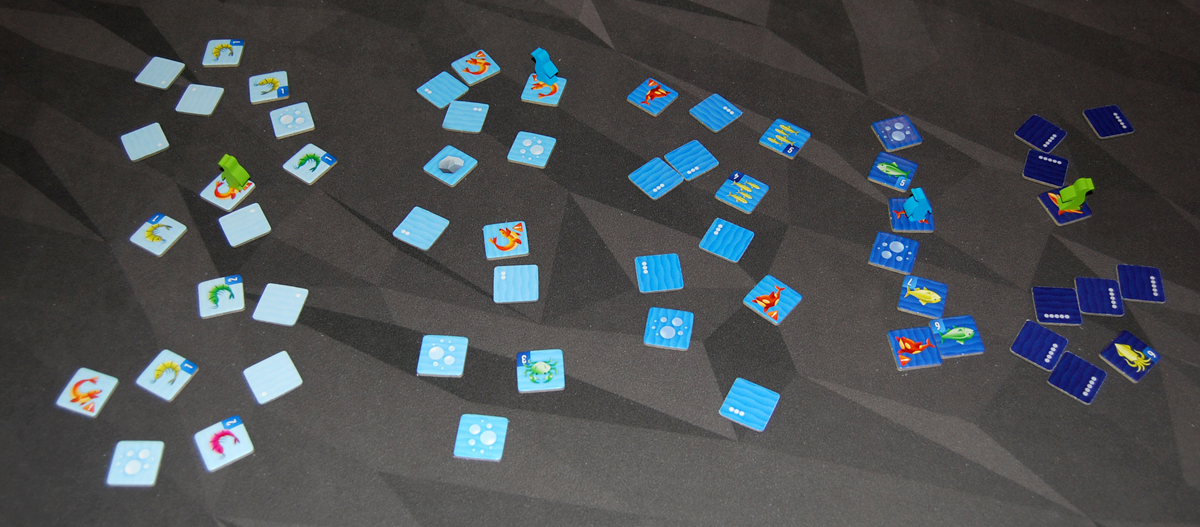
Since you have to complete your sets in the order that you picked them up, that’s another incentive to go for the squids at the bottom first. If you finally get there and find a green squid but your green column is already filled with low-point shrimp and crabs, you might run out of time to fill out the pink and yellow columns to get full points for that squid. But is it worth passing up the easy food for a chance at the big stuff? That’s hard to say.
I’ve played the game with a range of player counts and I’ve enjoyed it each time, but I think I like it best with a lot of players. There are more tiles, and the ocean can change a lot more between turns. In a two-player game, you’ll get to your turn more quickly, but there’s only one other player who might leave some food tiles behind for you to consider. With more players, you have more opportunities to snatch up the leftovers if you feel like you’re running out of time.
You do want to keep an eye on how many tiles are left in each depth, too. If you think you’re ahead, you can try to rush the ending by making sure you flip as many tiles as possible. If you’re behind, sometimes it’s best to just grab some guaranteed food to complete your sets. In that case, sometimes it’s an advantage to get trapped by a seal in the shallower levels, because that lets you skip over them on your dive.
One downside is that the setup can be a bit fiddly, another reason why it’s nice to have several players to help. When you have 3 or fewer players, first you have to flip all the tiles face-up to remove the “+” tiles, and then flip them all face-down to remove a few tiles at random, so that can just take a while. With more players, you just have to flip face-down and remove tiles but you can actually get going sooner.
If you like press-your-luck games (and penguins!), Deep Dive is worth a peek. For more information or to make a pledge, visit the Deep Dive Kickstarter page!
Click here to see all our tabletop game reviews.
![]() To subscribe to GeekDad’s tabletop gaming coverage, please copy this link and add it to your RSS reader.
To subscribe to GeekDad’s tabletop gaming coverage, please copy this link and add it to your RSS reader.
Disclosure: GeekDad received a copy of this game for review purposes.



